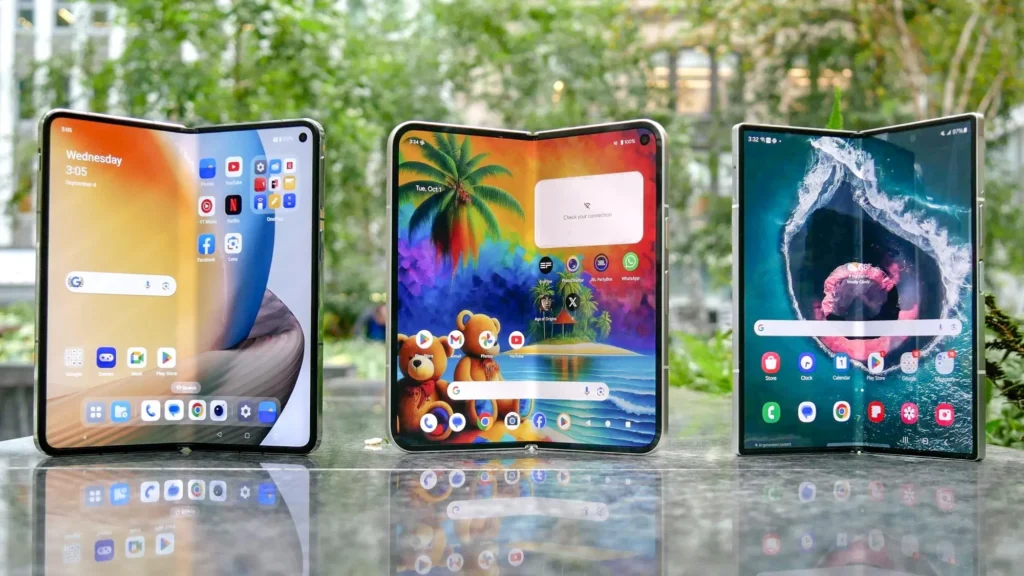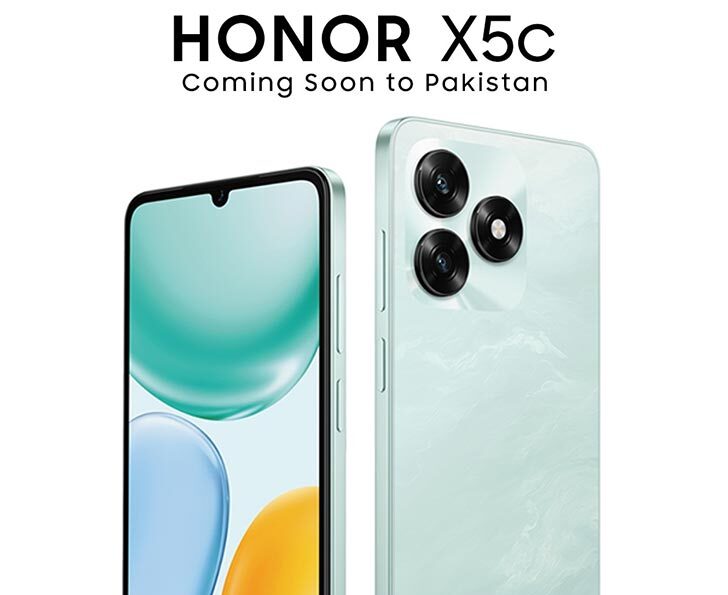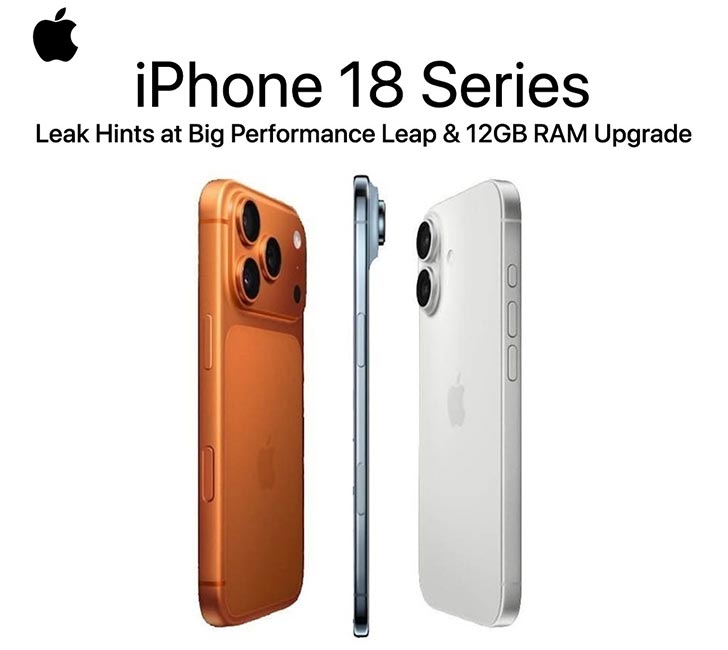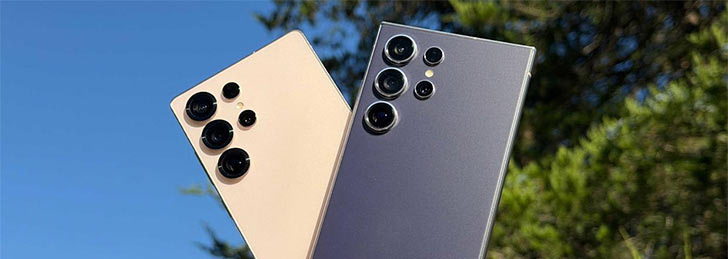Introduction
Foldable phones have come a long way since their early iterations, evolving from fragile concepts to powerful devices that rival traditional smartphones. With 2025 bringing some of the most innovative foldable devices yet, tech enthusiasts are left wondering: Are they worth the hype? This guide explores the top 10 foldable phones of 2025, their features, pros and cons, and whether they truly outshine traditional smartphones.

Key Points Overview
- Evolution of foldable phones and their current state in 2025
- Comparison of foldable vs traditional smartphones
- Detailed reviews of the top 10 foldable phones
- Future outlook: Are foldable phones here to stay?
The Rise of Foldable Phones in 2025
Foldable smartphones have transitioned from niche gadgets to mainstream devices, offering enhanced portability, larger displays, and better multitasking capabilities. With major brands like Samsung, Apple, Huawei, and Google refining their foldable designs, these phones are now more durable, powerful, and practical than ever before. Additionally, improvements in display technology, hinge mechanisms, and battery life have addressed many of the concerns users had with earlier models.
Top 10 Foldable Phones of 2025
1. Samsung Galaxy Z Fold 6
- Features: 7.8-inch dynamic AMOLED display, Snapdragon 8 Gen 3 processor, S Pen support, 120Hz refresh rate
- Pros: Improved durability, seamless multitasking, high refresh rate, water resistance
- Cons: Expensive, crease still visible, relatively heavy
- Verdict: The best foldable for power users who need a productivity-focused device
2. Samsung Galaxy Z Flip 6
- Features: 6.9-inch AMOLED display, compact design, enhanced hinge mechanism, improved cover screen functionality
- Pros: Pocket-friendly, stylish, competitive pricing, better battery life
- Cons: Smaller battery than larger foldables, crease visibility
- Verdict: Best for those who want a compact and stylish foldable without sacrificing functionality
3. Apple iPhone Flip (Rumored)
- Features: 7.5-inch flexible OLED, A18 Bionic chip, iOS 19, MagSafe compatibility
- Pros: Apple ecosystem integration, sleek design, top-tier cameras, seamless software experience
- Cons: High price, potential durability concerns, late market entry
- Verdict: If Apple enters the foldable space, expect a premium and polished experience
4. Google Pixel Fold 2
- Features: 7.6-inch OLED, Google Tensor G3 chip, enhanced AI features, improved software optimization
- Pros: Stock Android experience, optimized AI software, best-in-class computational photography
- Cons: Pricey, bulkier design, limited availability in some regions
- Verdict: Ideal for Android purists who want the best software experience
5. Huawei Mate X4
- Features: 8-inch OLED, Kirin 9100 processor, no Google services, improved battery efficiency
- Pros: Large screen, powerful chipset, long battery life, fast charging
- Cons: No Google Play support, availability issues outside China
- Verdict: Best for those who can live without Google services and want a premium device
6. Oppo Find N4
- Features: 7.5-inch LTPO AMOLED, Snapdragon 8 Gen 3, 50MP main camera, improved hinge design
- Pros: Compact design, minimal crease, high refresh rate, impressive camera
- Cons: Limited global availability, slightly smaller battery
- Verdict: A great option for those looking for an alternative to Samsung foldables
7. Xiaomi Mix Fold 4
- Features: 8.2-inch OLED, Snapdragon 8 Gen 3, 5,500mAh battery, ultra-thin body
- Pros: Powerful battery, high-end specs, sleek design, better crease management
- Cons: No IP rating, limited software updates
- Verdict: A great option for those looking for long battery life and a large display
8. Motorola Razr 2025
- Features: 6.8-inch pOLED, Mediatek Dimensity 9200, stylish clamshell design, improved durability
- Pros: Affordable, ultra-thin design, nostalgic appeal, water-resistant
- Cons: Less powerful than competitors, smaller battery
- Verdict: Perfect for those who want a stylish and affordable flip phone
9. Vivo X Fold 3
- Features: 8-inch AMOLED, Snapdragon 8 Gen 3, ultra-fast charging, gimbal camera stabilization
- Pros: Large battery, minimal crease, powerful chipset, excellent camera performance
- Cons: Limited international availability
- Verdict: A great choice for camera enthusiasts who want a foldable
10. Honor Magic Vs 2
- Features: 7.9-inch OLED, Snapdragon 8 Gen 3, MagicOS, improved stylus support
- Pros: Lightweight design, competitive pricing, excellent battery life
- Cons: Software optimization concerns
- Verdict: A well-rounded foldable for those looking for value
FAQs
1. Are foldable phones more durable in 2025?
Yes, manufacturers have improved hinge mechanisms and display durability, but they are still more fragile than traditional smartphones.
2. Do foldable phones have better cameras?
Some high-end foldables have flagship-level cameras, but traditional smartphones still dominate in terms of compact camera performance.
3. Are foldable phones worth the price?
It depends on your usage. If you multitask frequently and want a larger screen, they might be worth it. Otherwise, traditional smartphones offer better value.
4. Will foldable phones replace traditional smartphones?
Not in the near future. While they are gaining traction, traditional smartphones remain the preferred choice due to affordability and durability.
5. Which is the best foldable phone in 2025?
The best foldable phone varies based on user needs, but the Samsung Galaxy Z Fold 6 and Apple iPhone Flip (if released) are strong contenders.
6. Do foldable phones support styluses?
Yes, some foldable phones, like the Samsung Galaxy Z Fold 6 and Honor Magic Vs 2, support styluses for added functionality.
7. What is the battery life of foldable phones?
Battery life varies, but most foldable phones have slightly less endurance than traditional phones due to their larger screens.
8. Do foldable phones have visible creases?
While newer models have improved crease management, most foldable phones still have a faint crease visible under certain lighting conditions.







